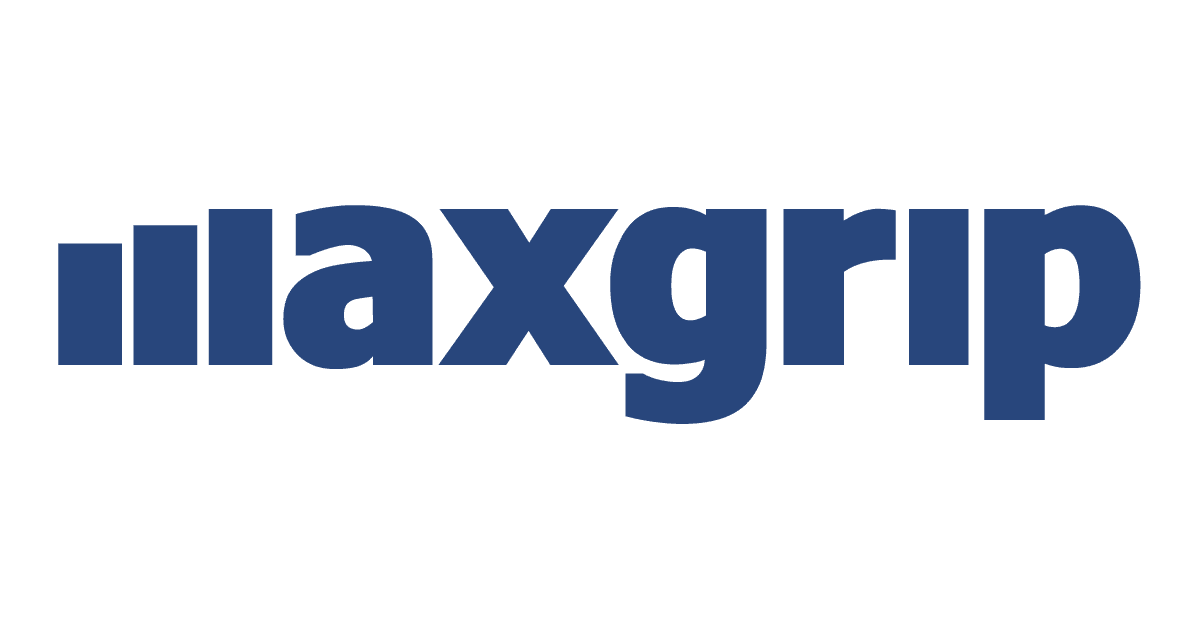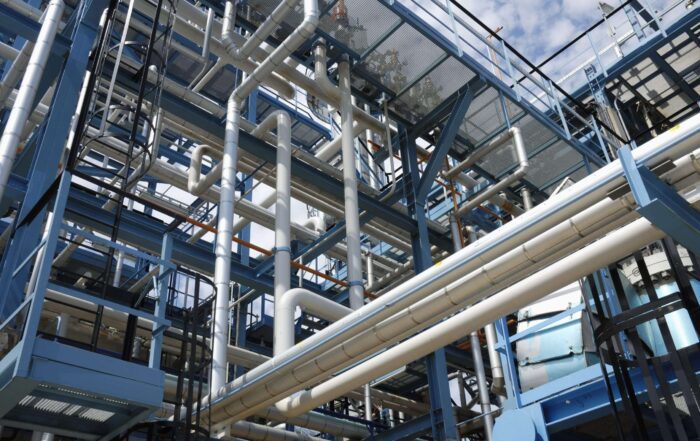While most companies tend to emphasize their relative strengths, the strongest organizations understand where they are weak. Unfortunately, many organizations are blind to their weaker areas and thus miss out on opportunities to see drastic improvements in their operations, cost savings, or efficiency.
Best-in-class asset performance organizations are those that regularly evaluate their maintenance procedures to maximize return on investment. A maintenance and reliability assessment is a powerful tool to objectively evaluate your organization’s operations to uncover areas for improvement.
Purpose of an assessment
At its core, an review or assessment is often carried out by an objective third party to review an organization’s maintenance and reliability processes. Utilizing your asset performance management (APM) to gain insight into your day-to-day operations is useful to identify bottlenecks and areas of opportunity. It can also identify that you may not be using your APM to its full capacity and missing metrics or data collection that can lead to that insight.
Performing an assessment shines a light on problem areas that might otherwise continue to hinder performance. Take CMMS/EAM data. Often, the data in a company’s CMMS is dated, resulting in unreliable asset information. Frequently, asset hierarchies have shifted, or equipment has been upgraded or decommissioned, and because these systems are transactional and not easily appraised consistently, data only becomes less accurate over time.
It is important to foster a culture of continuous examination rather than thinking of an assessment as a yearly chore. If you want continuous improvements in your asset performance, you need to continuously assess your maintenance procedures and equipment and the current state of your operations. Equipment data becomes obsolete, new technologies emerge, and the need to reevaluate processes becomes only more necessary.
Focus on low hanging fruit
You will likely uncover numerous action items through the course of your maintenance assessment. Rather than pursue all possible areas for improvement, focus instead on the items that will lead to the greatest return on investment. Spreading yourself and your team’s efforts thin by pursuing too much at once often leads to failure. Remember the 80/20 rule. Focusing on low-hanging fruit makes it easier to achieve significant improvements with limited resources.
Organizational maturity
A proper review and/or assessment systematically examines the maintenance organization across multiple dimensions: managerial, maintenance and inspection, and production output. By evaluating your organization’s maturity score through multiple characteristics, the assessment identifies areas that can be improved relatively easily to achieve fast results.
Asset Improvement Program
As we have mentioned previously, third parties usually perform assessments to highlight areas of improvement that otherwise go overlooked. Organizations need to work with third parties that do more than just identify shortcomings, but instead partner together to build long-lasting solutions with actionable improvement steps. MaxGrip has developed a proven method to help optimize your APM processes. Our Asset Improvement Mapping (AIM) maps out your asset performance improvement potential. We set priorities and conditions for success and provide you a business case with substantiated KPIs and ROI, quick wins, and the related roadmap to get the job done. With your current and desired maintenance maturity level in mind, we can determine the road to the quickest Return on Investment (ROI).
📰 Download free eBook – How to use Reliability Centered Maintenance (RCM) to drive your bottom line
Get inspired
Discussion of the benefits of RCA including best practices.
Use these five tips to calculate and improve your OEE - Overall Equipment Effectiveness - to establish KPIs and target areas of improvement.
Join MaxGrip for an enlightening webinar on "Asset Management Technology Implementation," featuring Verdantix. Wednesday, May 22nd, starting at 4 PM CEST | 9 AM CDT. Don't miss it!





